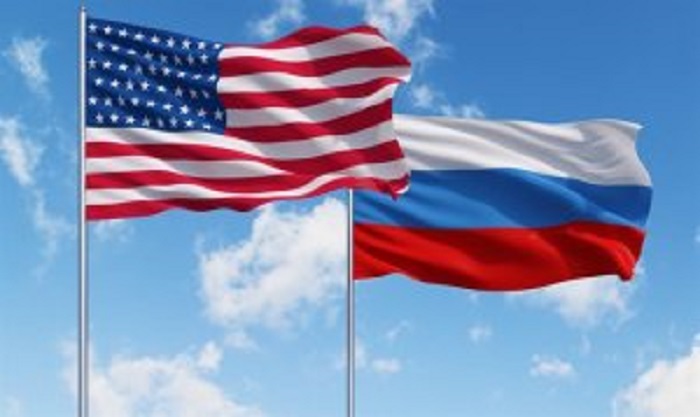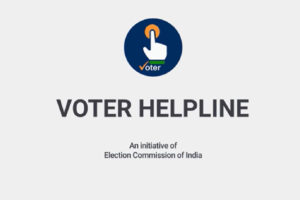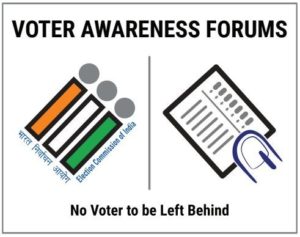Since mid-1950s, the USA and Russia have been involved in numerous rounds of talks which were aimed to reduce the threats of nuclear arms race over the world-peace. These talks involving successes, failures, blame-games, inspection analyses, cooperation, and data exchange have been carried out over decades irrespective of whatever the global situation may have been. Both the USA and Russia, have conducted talks and given shapes to various treaties like SALT, START, SORT, INF treaty, START-II over the decades of developments of nuclear weapons and nuclear tests by both the countries. They are slated for another round of talks which began in Helsinki, Finland. This round of talks comes as a follow-up of the talks held in Vienna, Austria this summer. It is aimed at generating a new agreement which would replace the New START treaty which is set to expire in February 2021. During the talks the US delegation is being led by US ambassador Marshall Billingslea who leads the arms control negotiations on the behalf of USA on every platform. Deputy Foreign Minister Sergei Ryabkov is leading the Russian side in the Helsinki talks. The Finnish President met both the world leaders separately after a round of discussion and stated that in the coming few days it is hoped that the New Start treaty would be rebooted.
Advocates of nuclear disarmament are looking towards this round of delegation-level discussion with hopes as this would be a chance to revive the last remaining treaty which aims to constraint the nuclear arsenals of the USA and Russia. In early August 2019, the Trump administration had formally announced the withdrawal of the USA from the Intermediate-Range Nuclear Forces (INF) Treaty which was signed in 1987 and became effective in 1988. The USA withdrew from the INF treaty as it blamed that Russia was violating the INF treaty by deploying 9M729 missile which was claimed to be in the range that was disallowed under the treaty. Russians asserted that the USA was violating the INF treaty in the launch of the Mark 41 VLS system. This series of blames led to the collapse of the INF treaty. Almost a year prior to US withdrawal from the INF treaty, Trump had asserted that America would build its arsenal to put pressure on Russia and China. In response to this, Russia had stated that it would act accordingly to counter the USA. That had raised concerns with regards to the efforts taken by the US and Russia till then to limit their nuclear stockpiles which are now under the purview of the New Start treaty that is set to expire next year.
In 2009, the New Start treaty was signed between the Obama administration and the Russian side led by Dmitri Medvedev and it became effective in February 2011. This treaty which is hoped to be rebooted in the ongoing Helsinki meet between the USA and Russia had put a limit on the number of deployed missiles and bombers (700), the number of deployed warheads including Re-entry vehicles and bombers (1550) and the number of deployed and non-deployed launchers covering both missile tubes and bombers (800). Under the inspections carried out within the regime of the New Start treaty, it was found that as of March 1, this year, the number of deployed ICBMs, SLBMs and heavy bombers was at 485 for Russia and 655 for the USA. The total number of warheads on deployed ICBMs, deployed SLBMs and nuclear warheads counted for deployed heavy bombers was at 1326 for Russia and at 1372 for the USA. The inspections also found out that as of March 1, this year, the total number of deployed and non-deployed launchers of ICBMs and SLBMs and deployed and non-deployed heavy bombers was at 754 for Russia and 800 for the USA. The data from the latest inspections under the New Start treaty showed that the USA has a marginal advantage over Russia in terms of numbers of it’s war-machines including missiles and bombers. Various think tanks have pointed out that the warheads of Russia pack a higher punch in terms of the yield, seemingly balancing the power with US.
In September 2017, the Treaty on the Prohibition of Nuclear Weapons was signed by 84 countries with the aim of totally banning nuclear weapons. This treaty was a result of the efforts of the New Agenda Coalition formed out of Brazil, Egypt, Ireland, Mexico, New Zealand, and South Africa, all of which are non-nuclear weapons wielding countries. This treaty was termed as too utopian by the critics in a world having nefarious non-state entities like ISIS and other terrorist organizations. The countries which doubt the success of the 2017 Treaty included the nuclear weapon states (as defined under the NPT treaty) and the states who have declared their possession of nuclear weapons for deterrence like India.
Nonetheless, there always remains hope for greater peace when the main flagpoles of the global power i.e. the USA and Russia put a leash on their nuclear arsenal. This round of talks not only comes as a follow-up of the talks in Austria but also in a world where China has slowly expanded its power in the military as well as the economic dimension. It is worth noting that Trump had stated during the talks in Austria that the nuclear arms control dialogues like the ones in the context of New Start Treaty, should also include China so that the three countries carry out the negotiations in good faith and hope for perpetual peace. The Helsinki talks of nuclear arms control, in all possibilities, would be symbolic of this hope.





